This will allow development applications for dual occupancies and semi-detached dwellings to be submitted in more R2 residential zones, meaning this option will now be available in 124 local government areas across NSW.
Providing this greater housing choice means that more families looking for additional space, and multi-generational families will have more housing options. This will help stop a generation of young people being forced to leave NSW.
Those looking to downsize but stay in the communities they love, will also have additional choices as a result of these reforms.
Sydney used to regularly approve and build well-designed duplexes and semis. But many councils across Greater Sydney have stopped considering them. The reforms will allow more of those housing types to again become part of the housing future throughout the state, improving housing choice and supply.
While these reforms require councils to consider greater choice and supply, local councils will remain the primary assessor of development applications. Consistent with the Government’s other housing reforms, this policy will not apply to heritage listed items but may be considered in heritage conservation areas, so long as the proposed development enhances the heritage value of the area and does not detract from it.
The Hawkesbury, Blue Mountains and Wollondilly local government areas have not been included in the changes due to their heightened risk of bushfire and flood. Bathurst has also not been included because there is no suitable R2 zoned land in the local government area that meets the policy objectives.
The reforms work in conjunction with the Transport Oriented Development program introduced earlier this year, the initiatives in the recent Budget, and the recently announced housing targets.
Our reforms will help increase the number of social, affordable, key worker and market homes in NSW as we work towards our shared target of 377,000 new homes during the period of the National Housing Accord, which also starts on Monday 1 July 2024
Other low and mid-rise housing reforms will commence later in 2024. These will include townhouses, terraces and two storey apartment blocks near transport hubs and town centres in R2 low density residential zones across Greater Sydney, the Hunter, Central Coast and Illawarra regions and mid-rise apartment blocks near transport hubs and town centres in R3 medium density zones and appropriate employment zones across these regions.
The Government is working with local councils to finalise these reforms and expects agreements to be reached which will provide for more housing in low and medium density zones.
This is part of the Minns Labor Government’s plan to build better homes and better communities for NSW.
A plan to build a better NSW.
Examples of well-designed dual occupancies can be found on the NSW Government’s Good Design for Housing Map here.
Minister for Planning and Public Spaces Paul Scully said:
“Diversity of housing allows people to stay in their communities and neighbourhoods through different stages of their life, with family, friends, and essential workers able to live nearby. More housing choice means more options for everyone – renters, families and empty nesters.
“Dual occupancies already provide a great housing solution for families and down sizers in many areas. They have the space that families need, and often come with a slightly more affordable price tag than detached homes on larger blocks. The reform that comes into effect from Monday will allow this to happen in 97 per cent of local government areas in the state.
“A recent Productivity Commission report found that between 2016 and 2021, Sydney lost twice as many people aged 30 to 40 as it gained. 35,000 came to Sydney, but 70,000 left.
“Without action now, we are at risk of being a city without young people. Allowing more diverse housing types will help to address this exodus.
“We’re getting on with the job of tackling the housing crisis.
“Enabling dual occupancies in low density locations so people with suitable blocks have the potential to double the housing capacity as landowners can replace one existing home with two dwellings.”


